Students, just like teachers, should use AI detectors. Here’s the reason why.
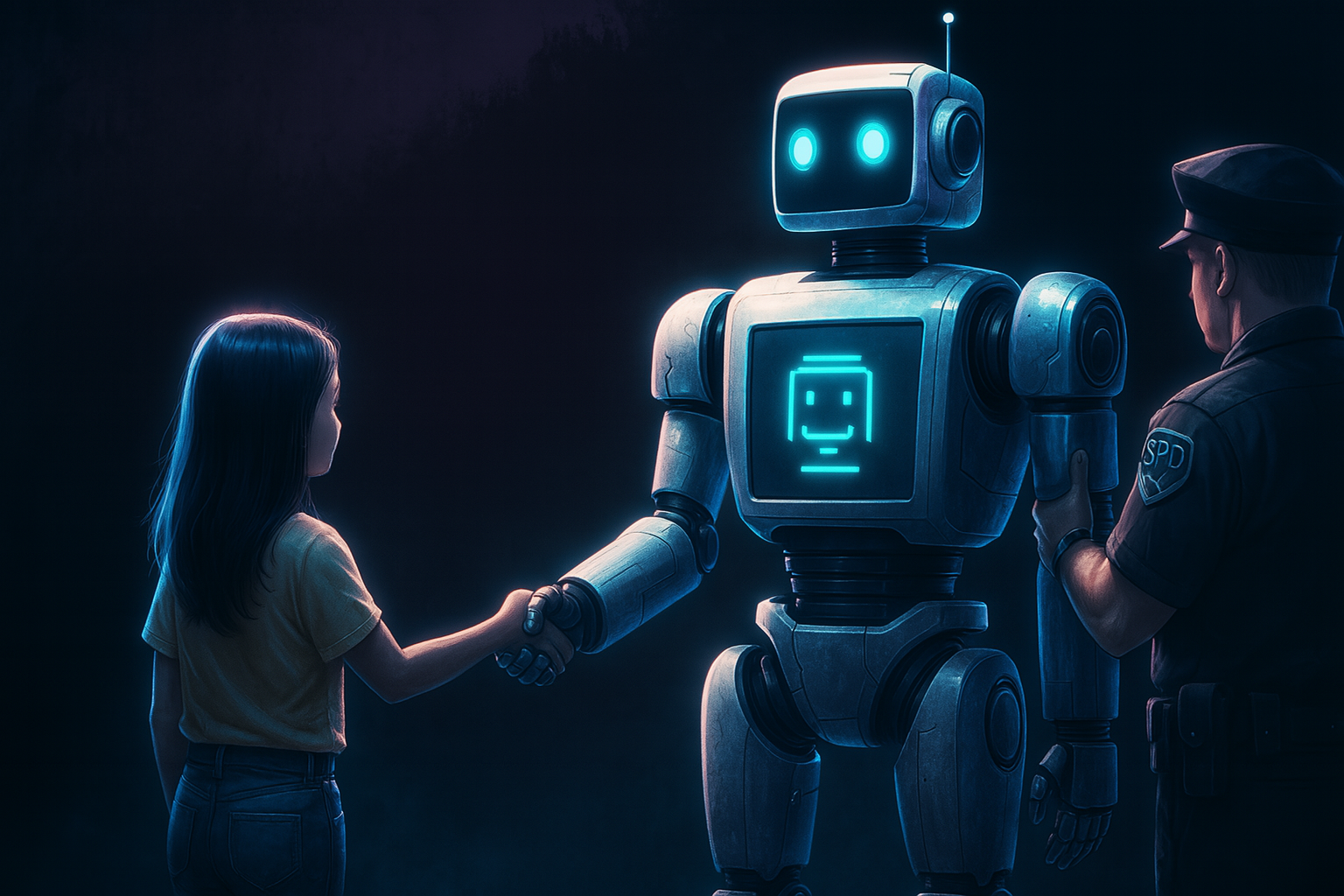
Looking at a blank page and trying to write an okay essay can make anyone want to give up. With all these AI writing tools around, it’s no surprise students see them as shortcuts to success. Even I’ve used ChatGPT in a tight spot.
But here’s the catch: when you let a machine do your work, you’re not just cheating the system; you’re cheating yourself.
That’s where AI detectors come in. These tools are made to find machine-made content and reveal it. And trust me, they’ve become as important to teachers as a red pen. But what about students? Can they benefit from using AI detection tools?
A Very Quick Rundown of Why AI Detection Exists
AI writing helpers have really advanced from the early ChatGPT days. These language models can quickly produce essays, stories, and even code that sound human. The biggest issue? Many students are already using these tools to get ahead.
As someone who is both a student and a writer, I understand the temptation. Writing can be tough, and having AI handle it feels like an easy fix. I’ve tried ChatGPT a few times for idea generation. But the problem is when students depend on AI, it defeats the whole point of learning.
That’s why AI detectors were created. They analyze text to figure out if a human or a machine wrote it. Now, these detectors are a key tool for teachers everywhere.
Ethical and Unethical Use of Generative AI
I want to be clear: I’m not against AI writing assistants in principle. I actually think they have a lot of potential when used responsibly. Need help brainstorming ideas or polishing your prose? Great, an AI tool can be an invaluable resource. Need a tutor? Now you have one.
But the key is using those tools as just that — a resource, not a replacement for your own work. The minute you start passing off AI-generated content as your own, you’re crossing an ethical line. And unfortunately, that’s exactly what some students are doing.
False Positive AI Detection
There’s a downside, and that’s the chance of false positives. Just because a piece of writing seems too polished doesn’t mean an AI wrote it. Some students are naturally good writers. We definitely don’t want to undermine their hard work and talent unfairly.
AI detection tools available now can be unreliable. They’re improving, but they’re not flawless yet. A false positive can have serious consequences.
Why Does This Happen?
Why do false positives happen with AI detection? It’s because of how these algorithms operate. They try to figure out if writing is AI-generated by finding clues in the text.
However, good writers, whether human or AI, often write in similar ways. They use different sentence lengths, big words, and smooth transitions. These features of good writing can confuse detection tools, causing them to mistakenly label real student work as AI-generated.
How Using Your Own Detector Helps Mitigate This Issue
Good news, there’s an easy fix for false positives. Just use your own AI detector.
Here’s the plan. First, run your paper through an AI detector. This shows what triggers the alerts. It might be a certain phrase or sentence style that looks like AI. With this info, you can adjust your writing to dodge the detectors.
But, Do AI Detectors Actually Work?
Quick answer: mostly, yes.
Detailed answer: AI detectors’ reliability varies based on the tool and some luck. Even the Bible can trigger AI flags. For a thorough review of top AI detection tools, I recommend checking out this article.
However, if you want the short version, here’s how each detector performed in our tests:
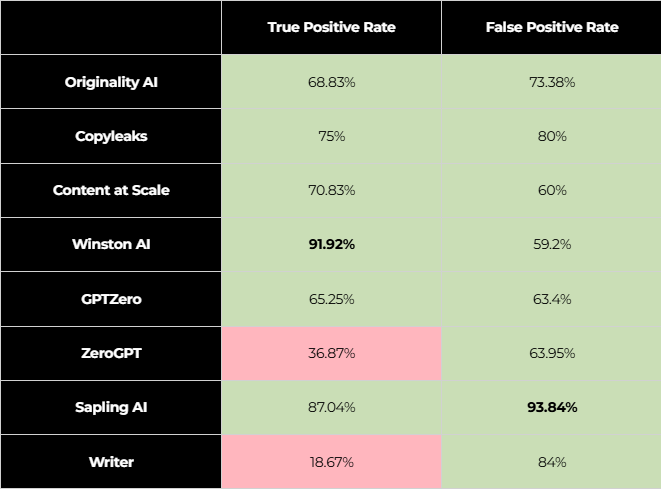
Let’s Talk About Undetectable AI
Given the risks of false positive AI detection, I strongly advise students consider using AI humanizers. These tools rephrase your text to appear “more human.”
Undetectable AI is one of the first AI bypass tools available, and it’s the one I trust most. They make text more human-like by removing common AI terms, altering sentence structures, and adding a few intentional mistakes. You can find more information in our full review of the platform.
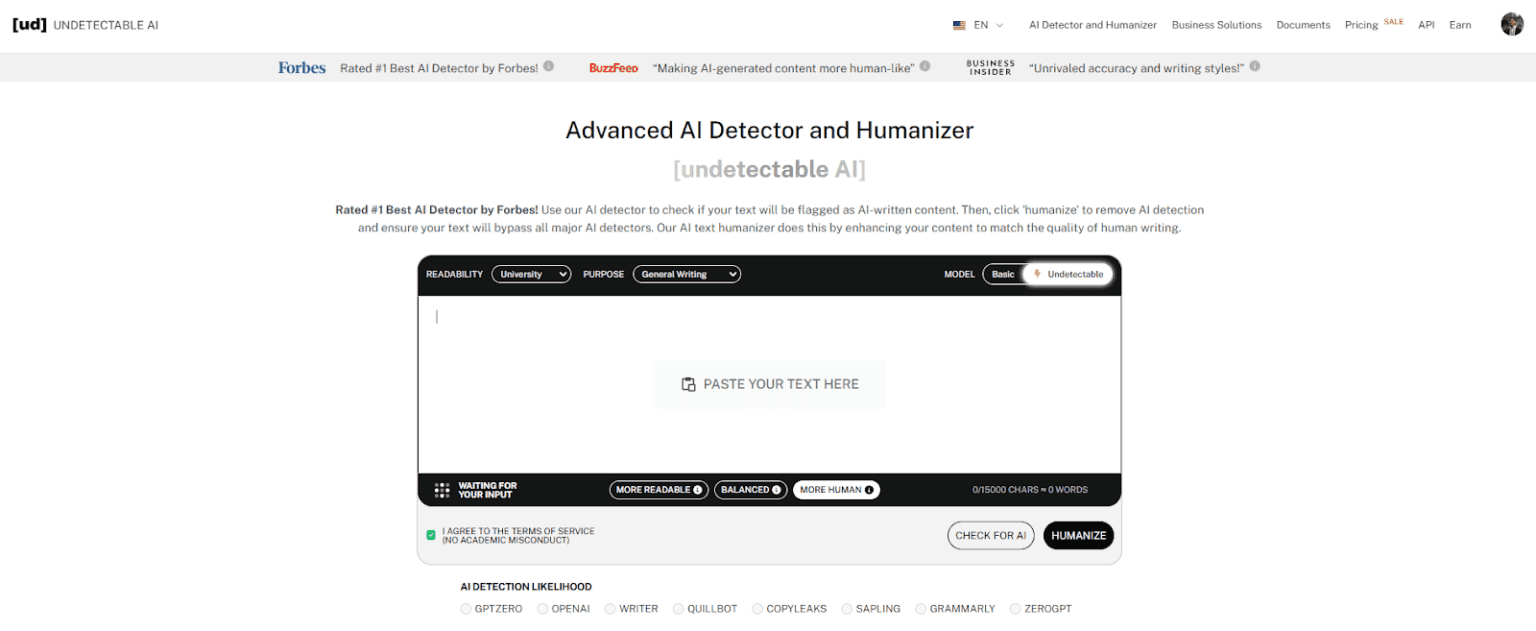
Can Undetectable AI Really Avoid AI Detection?
Test #1
Undetectable AI: Classified as human-written.
AI Likelihood Score: 0%

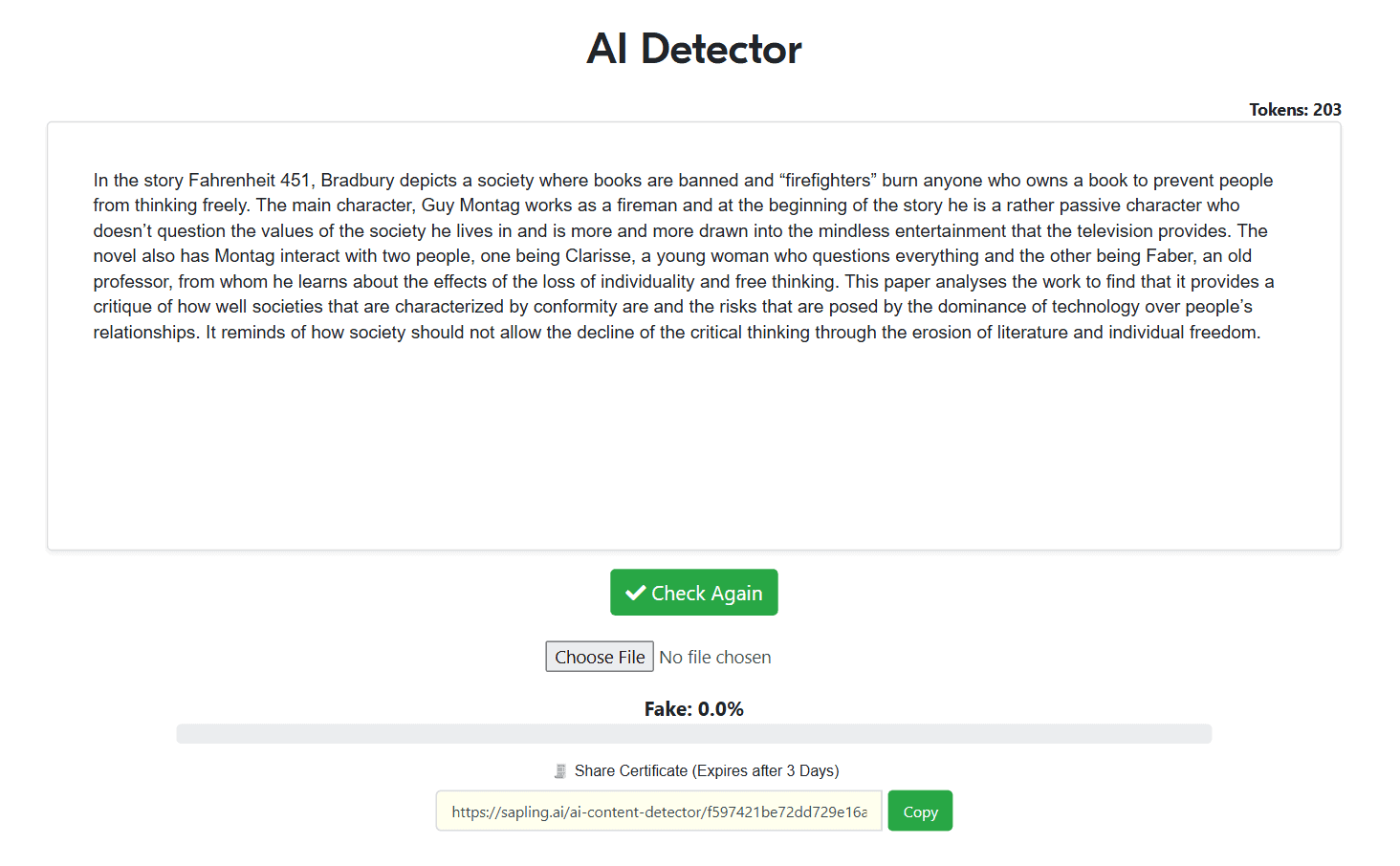
Test #2

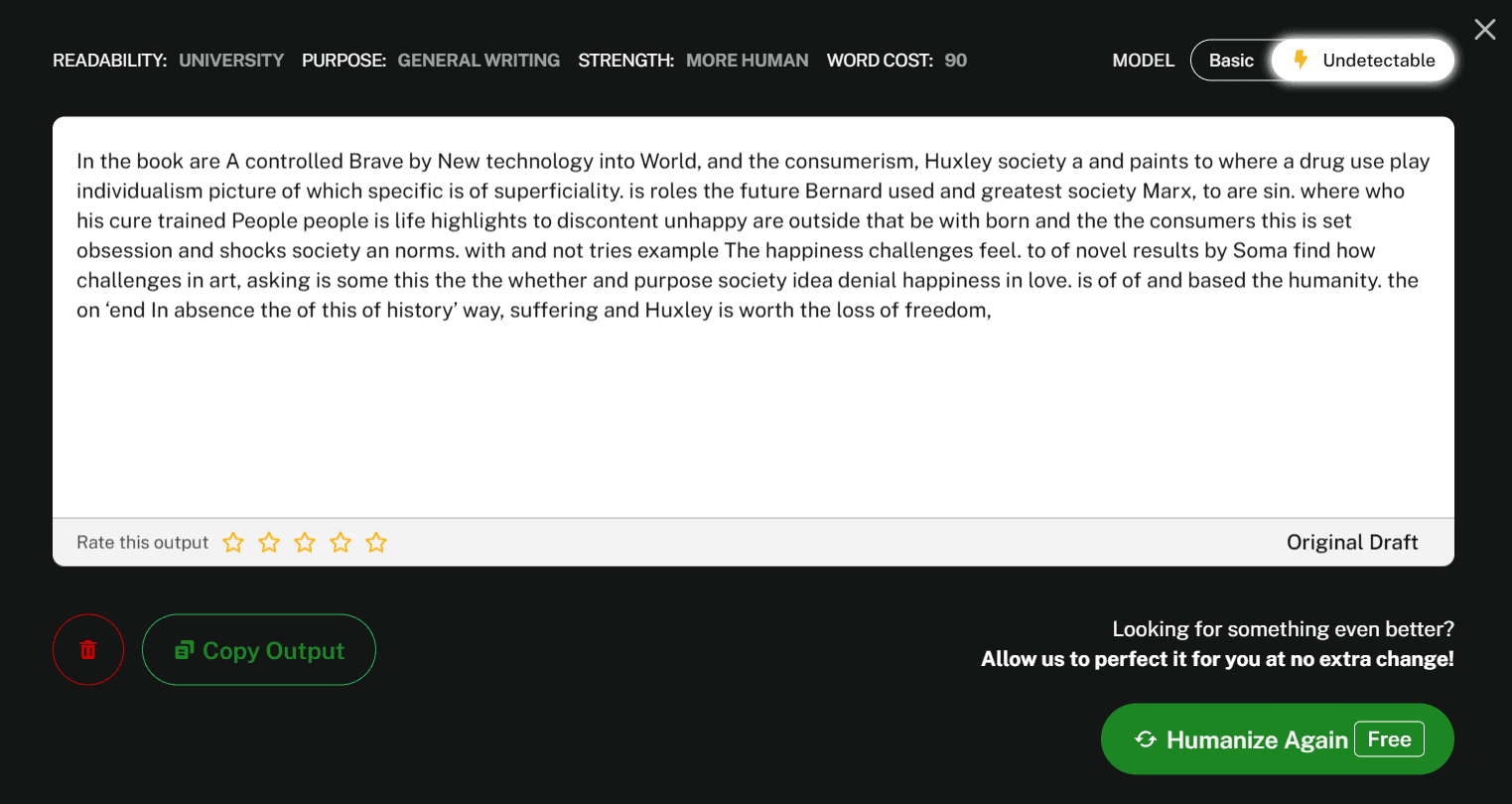
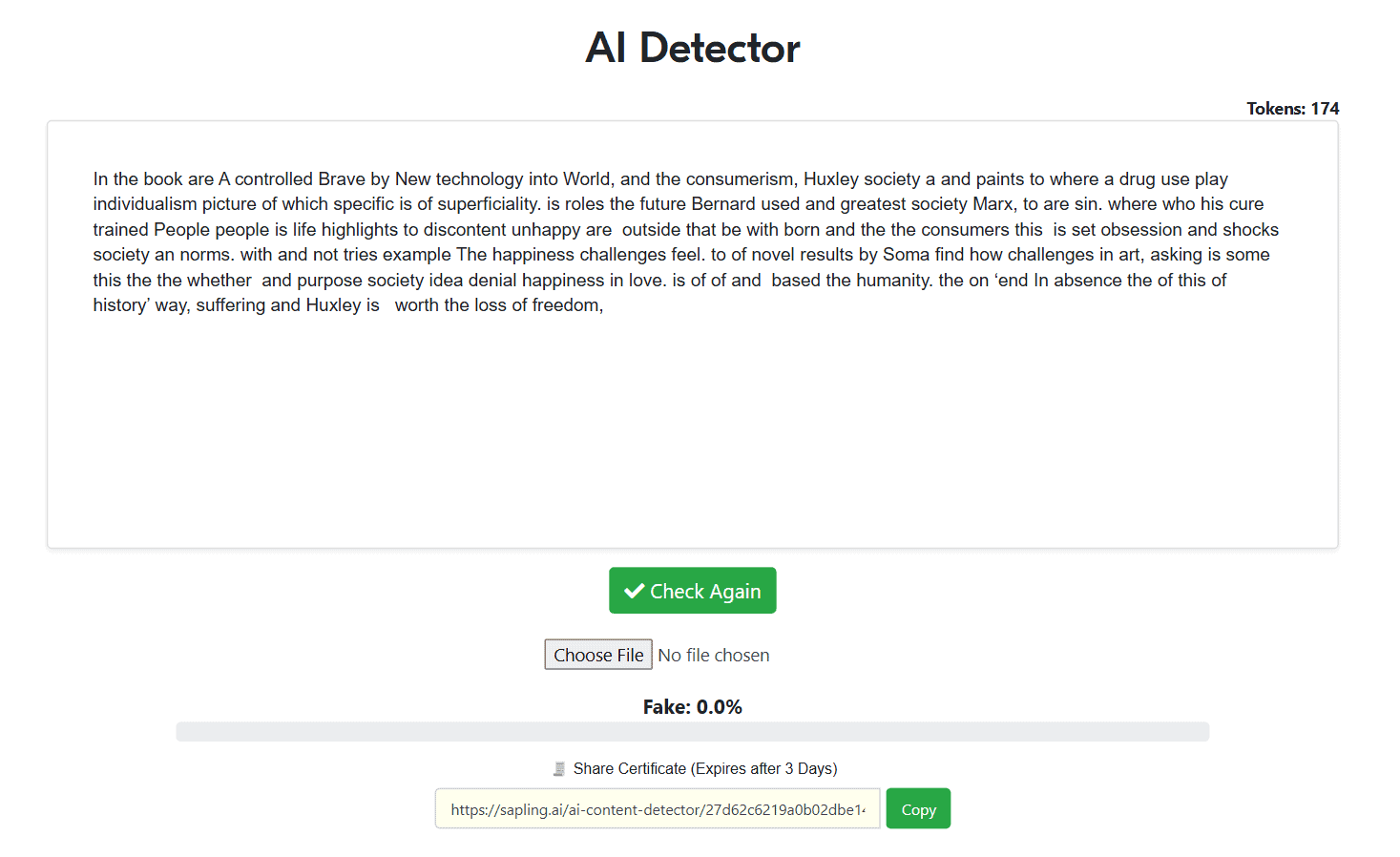
Test #3

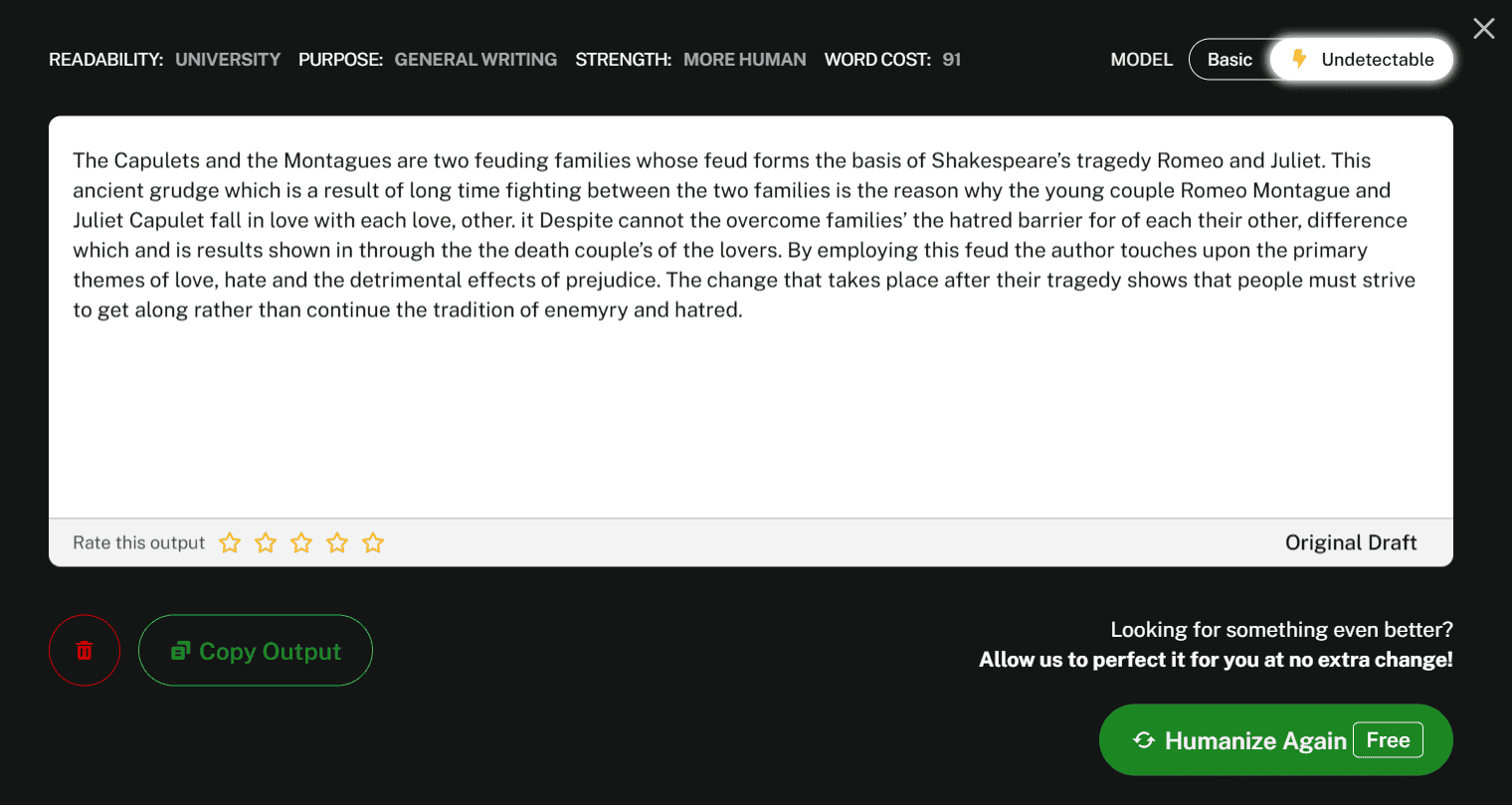
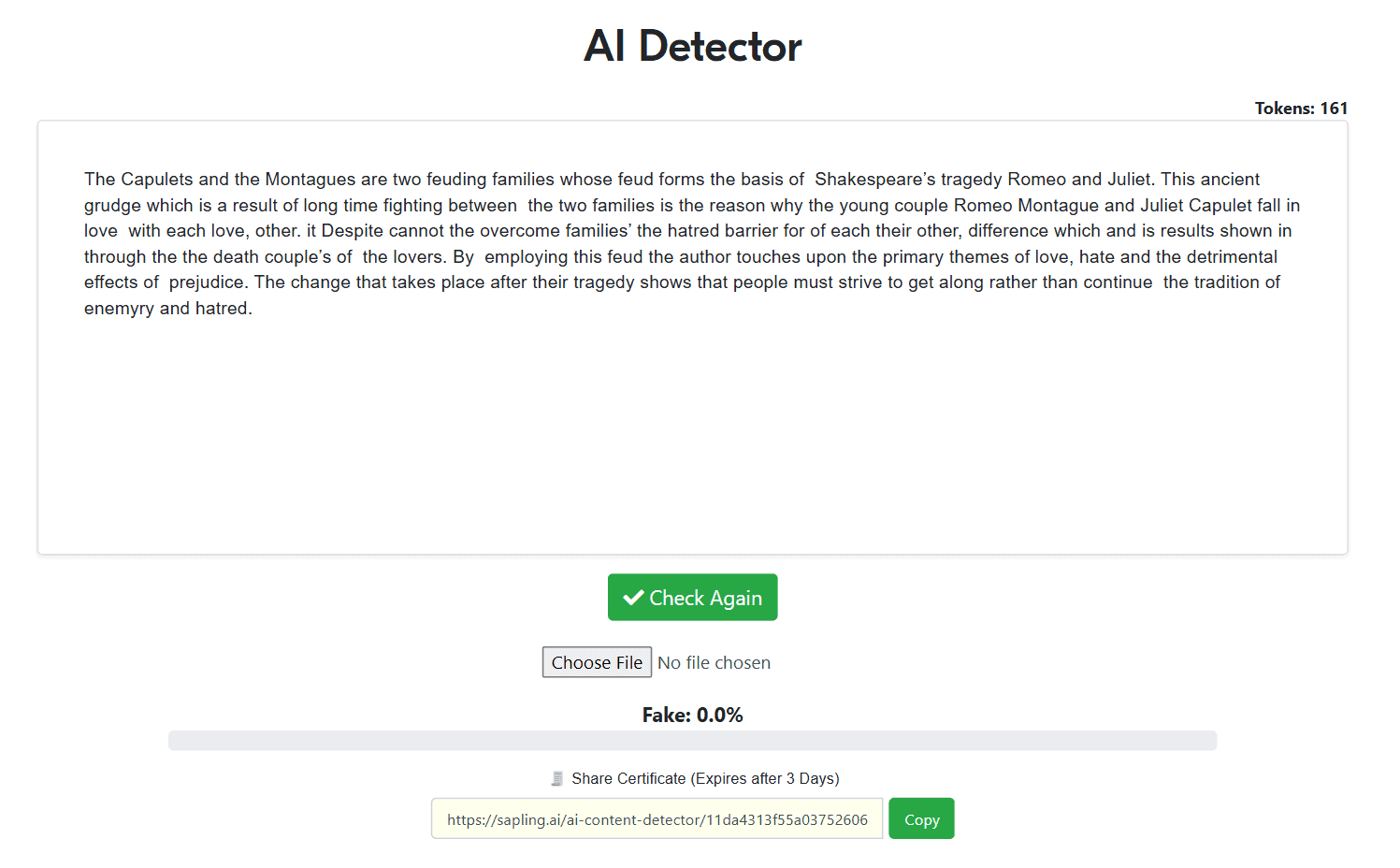
Test #4

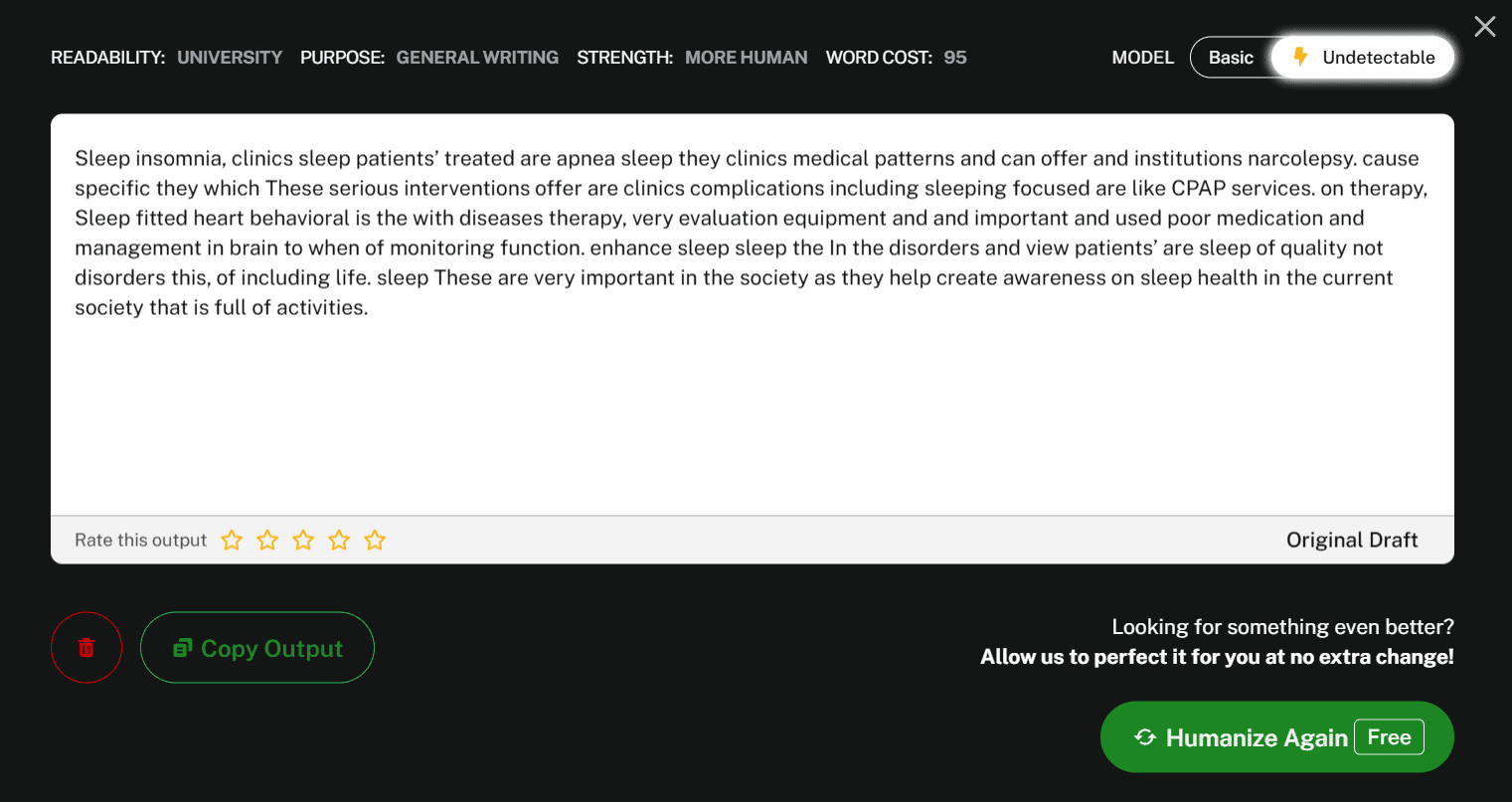
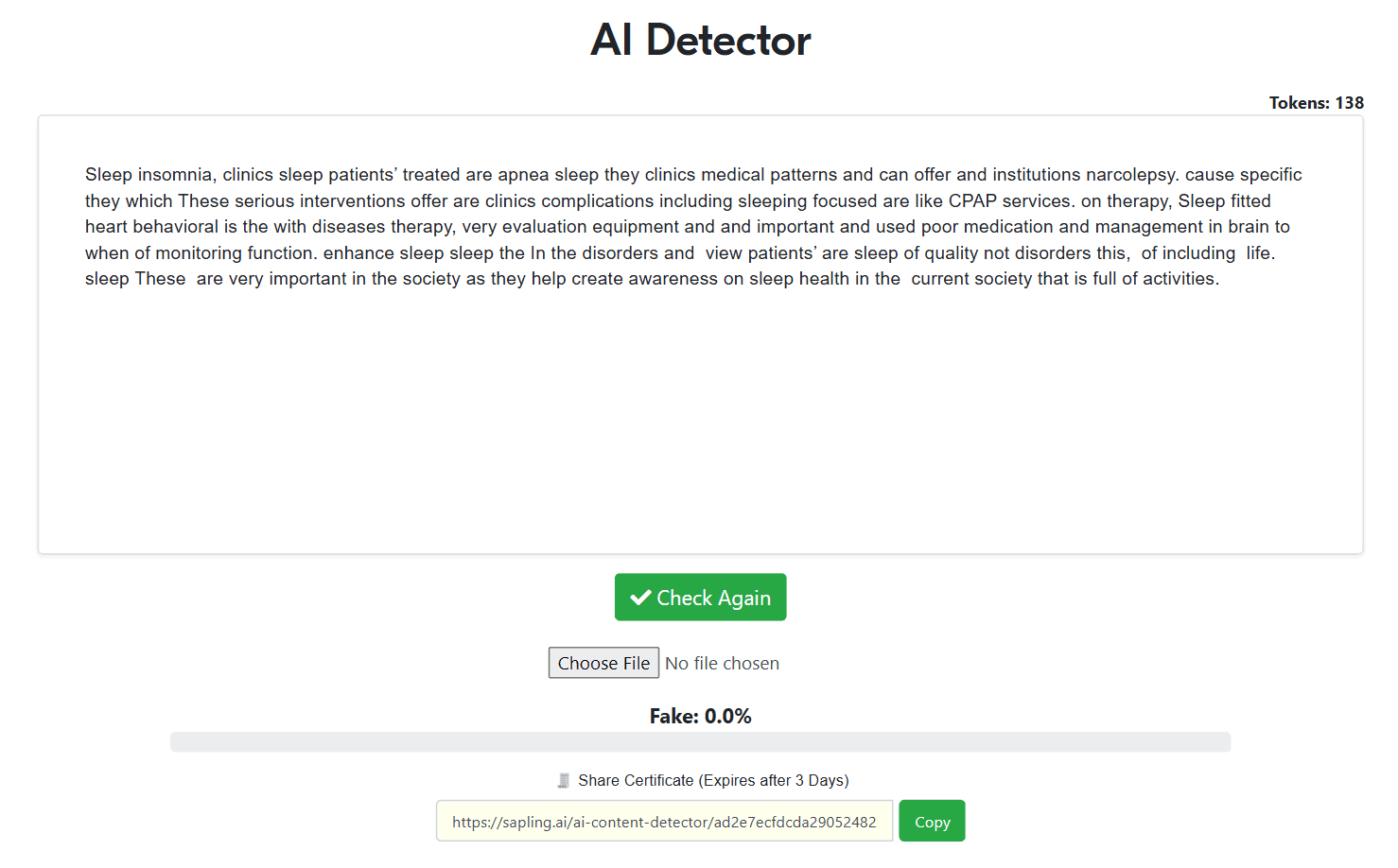
Test #5

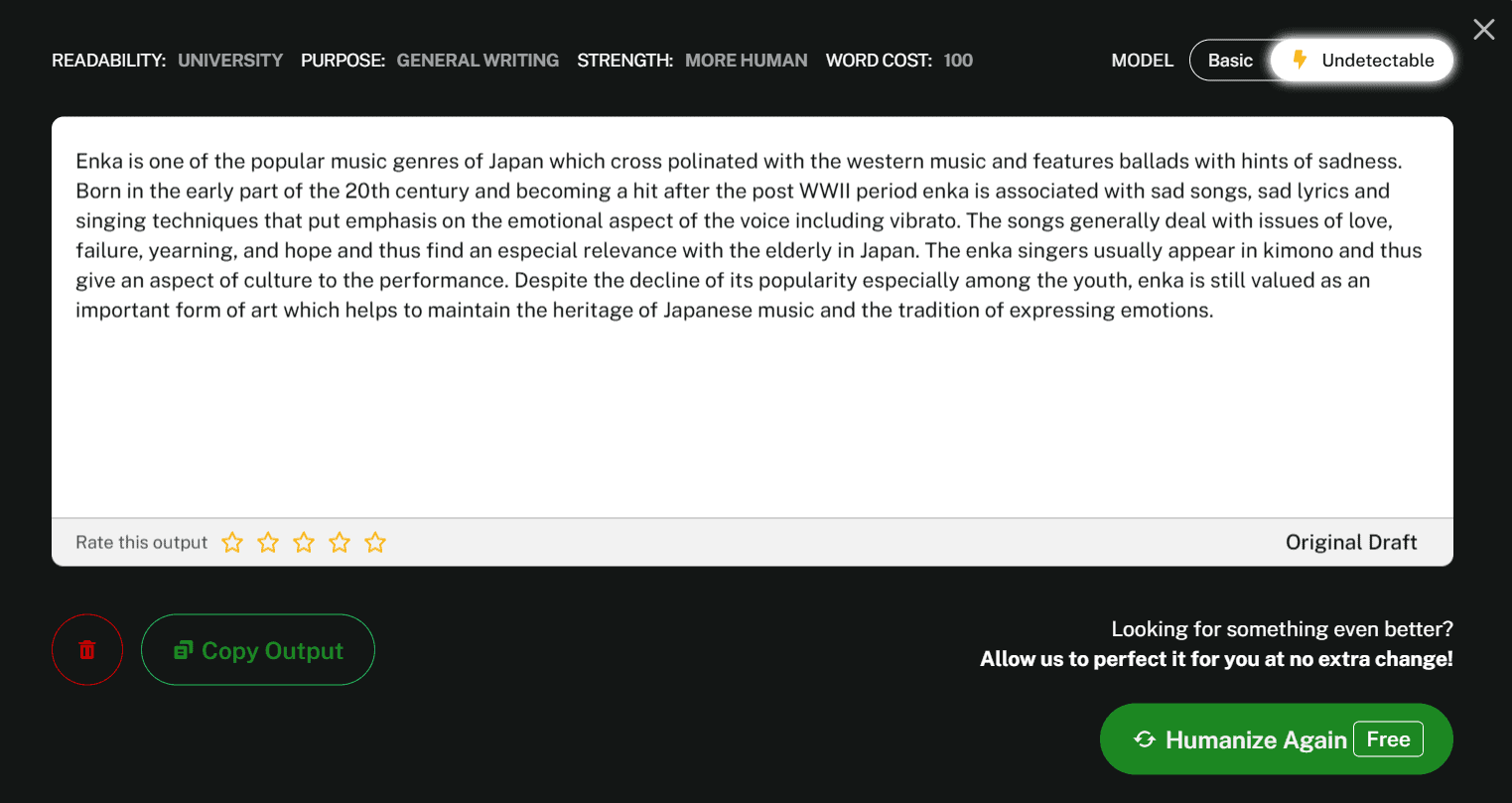
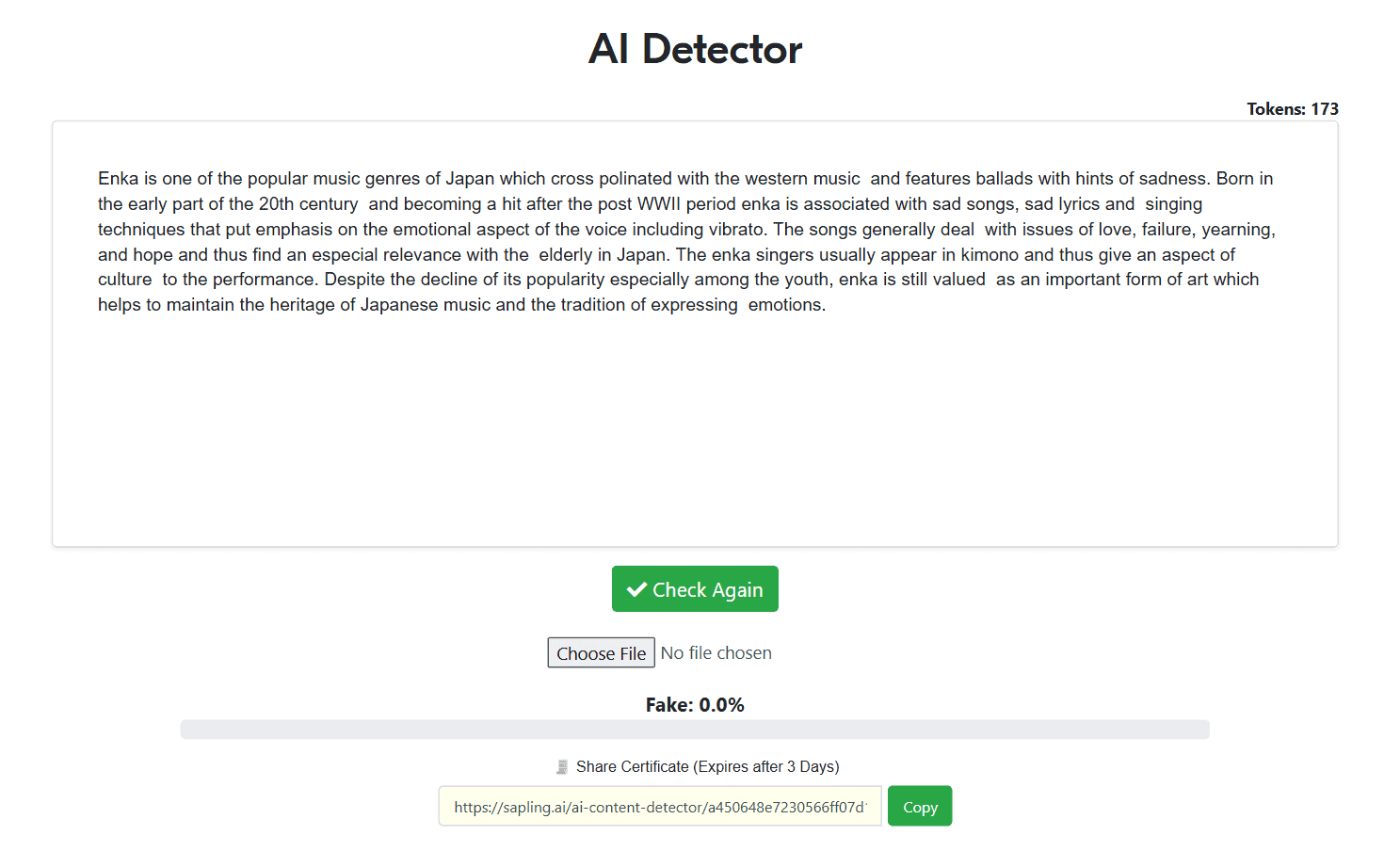
Test #6

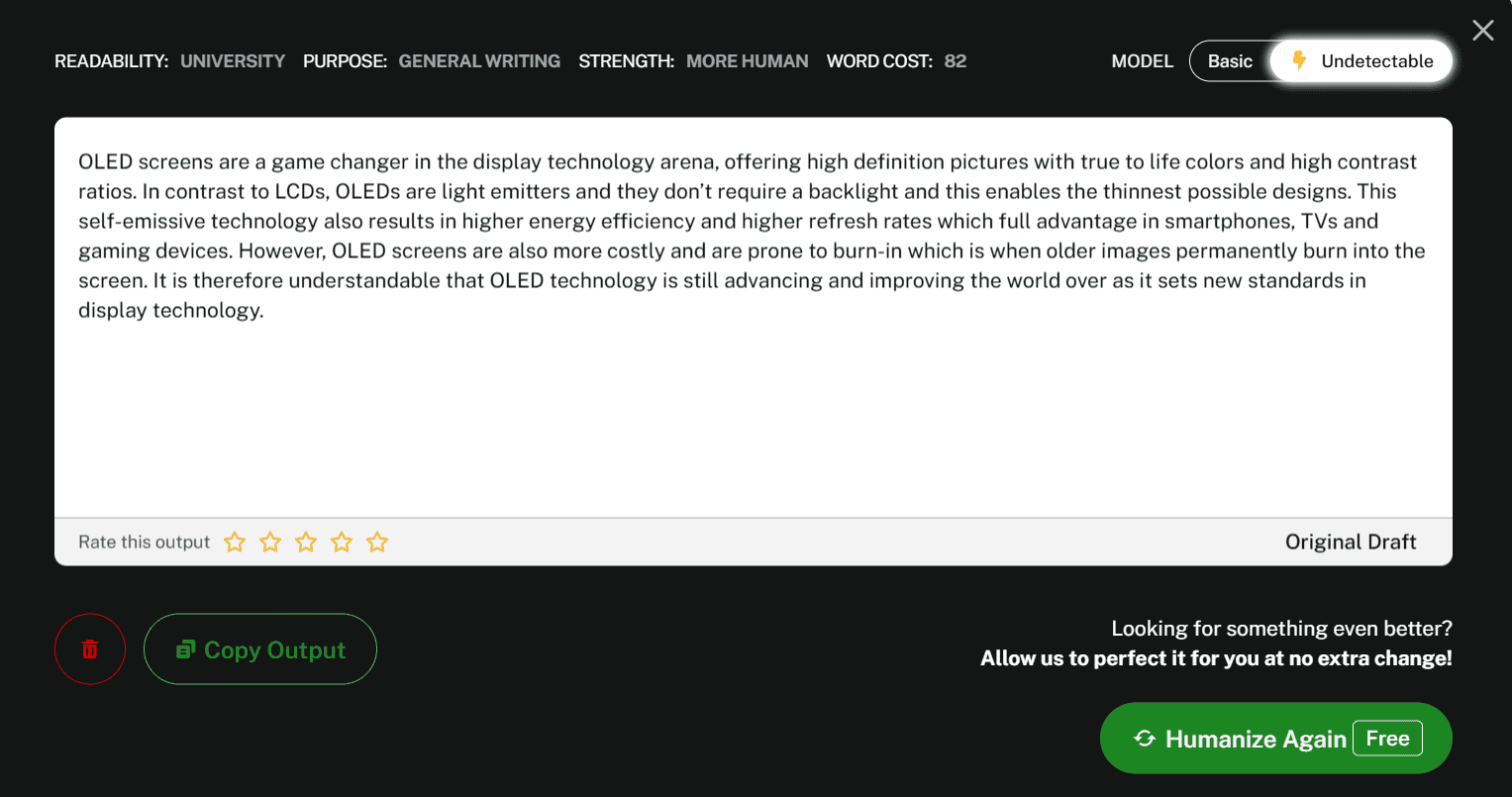
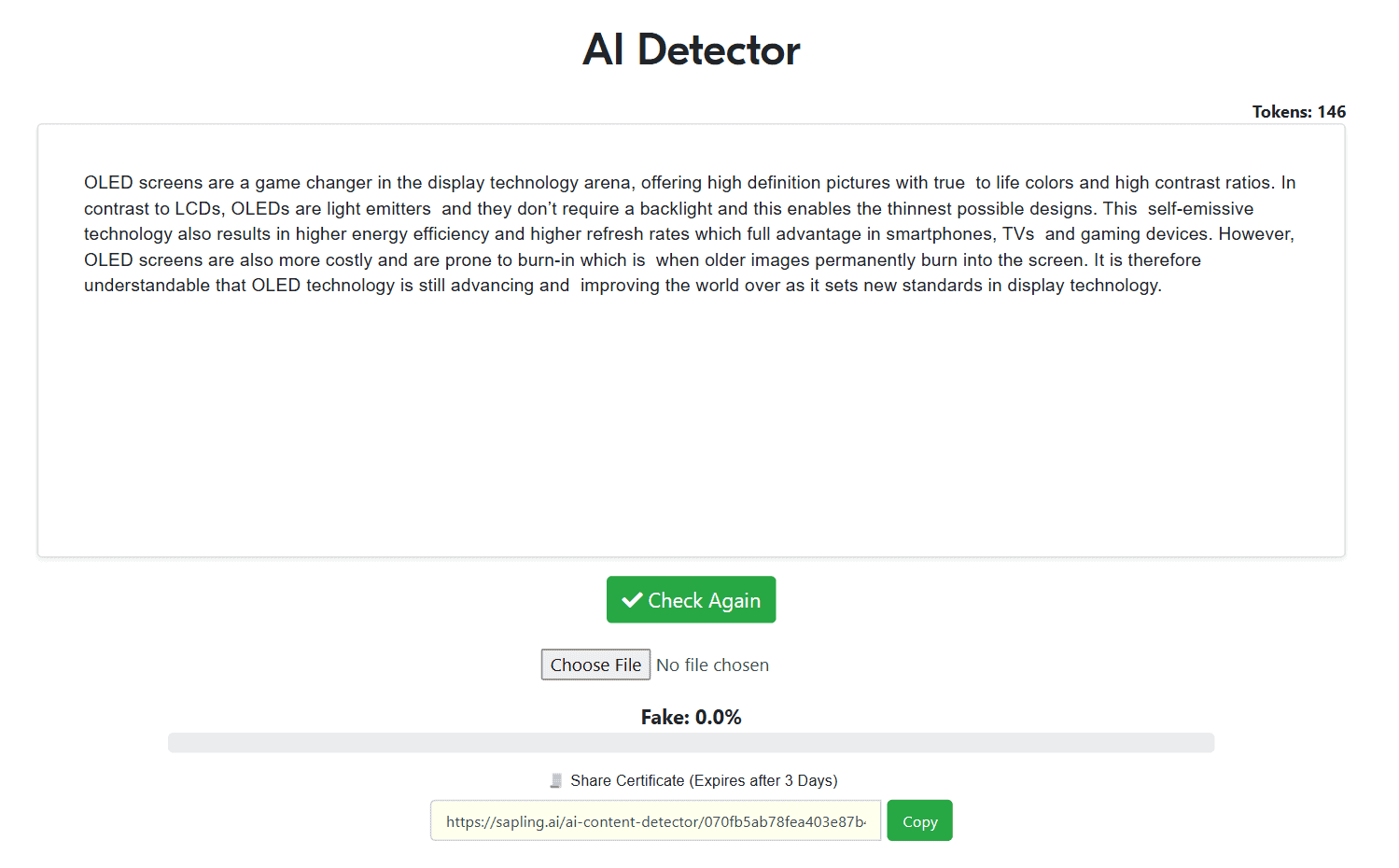
Average AI Likelihood Score
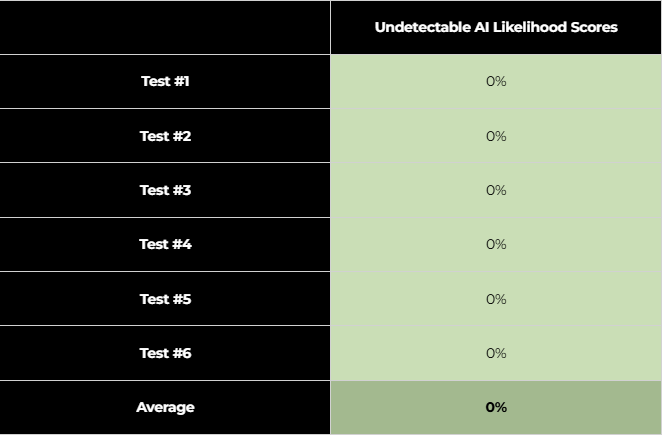
The Bottom Line
I get it, AI detection can be a real hassle. The tricky part is, it’s not disappearing soon. Actually, it’s just going to get trickier as AI tools keep advancing.
Still, we’re not without options. You can use your own AI detector and learn how these algorithms function to avoid false positives. And if you’re aiming higher, try using Undetectable AI to make your writing seem more human and dodge detectors.
